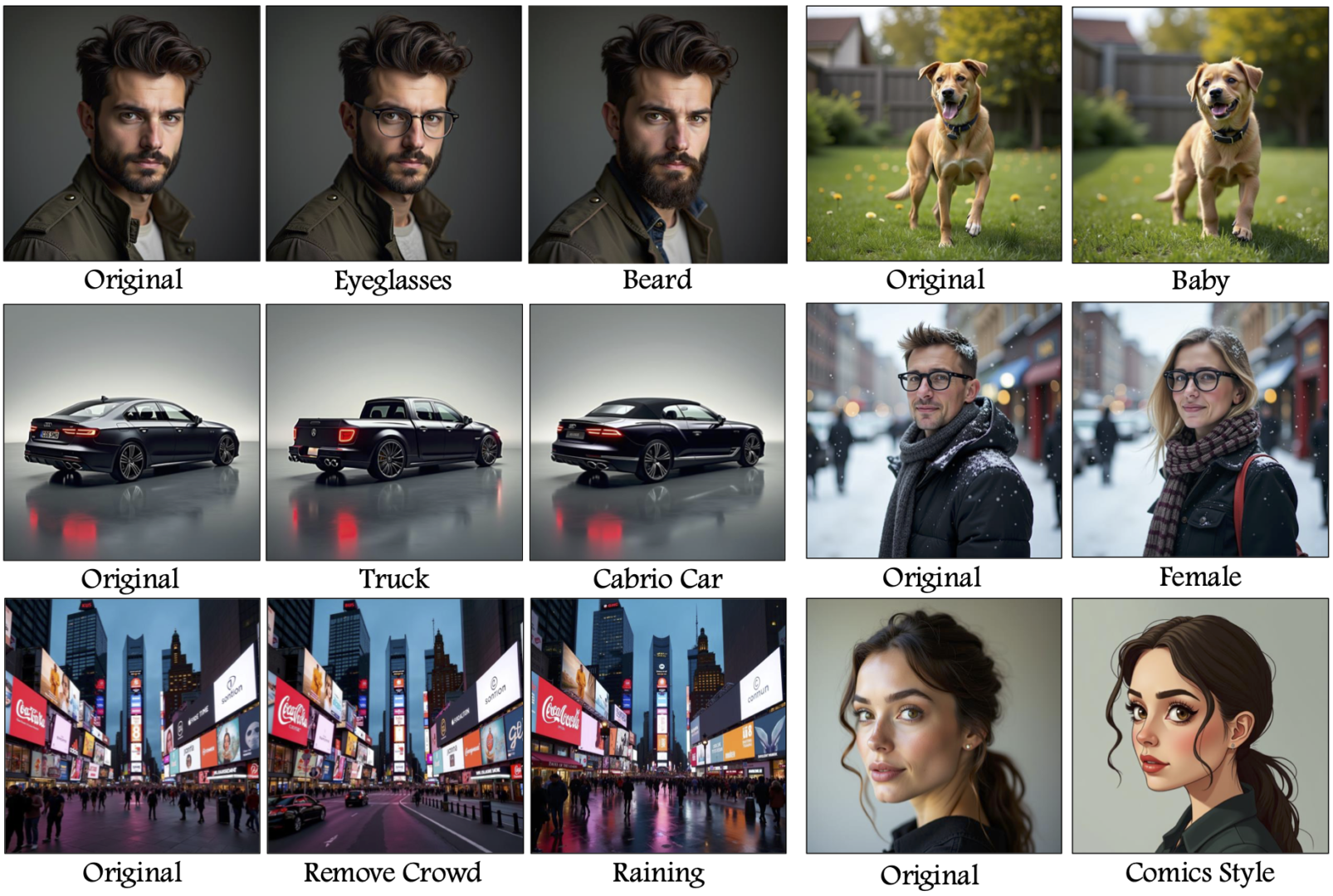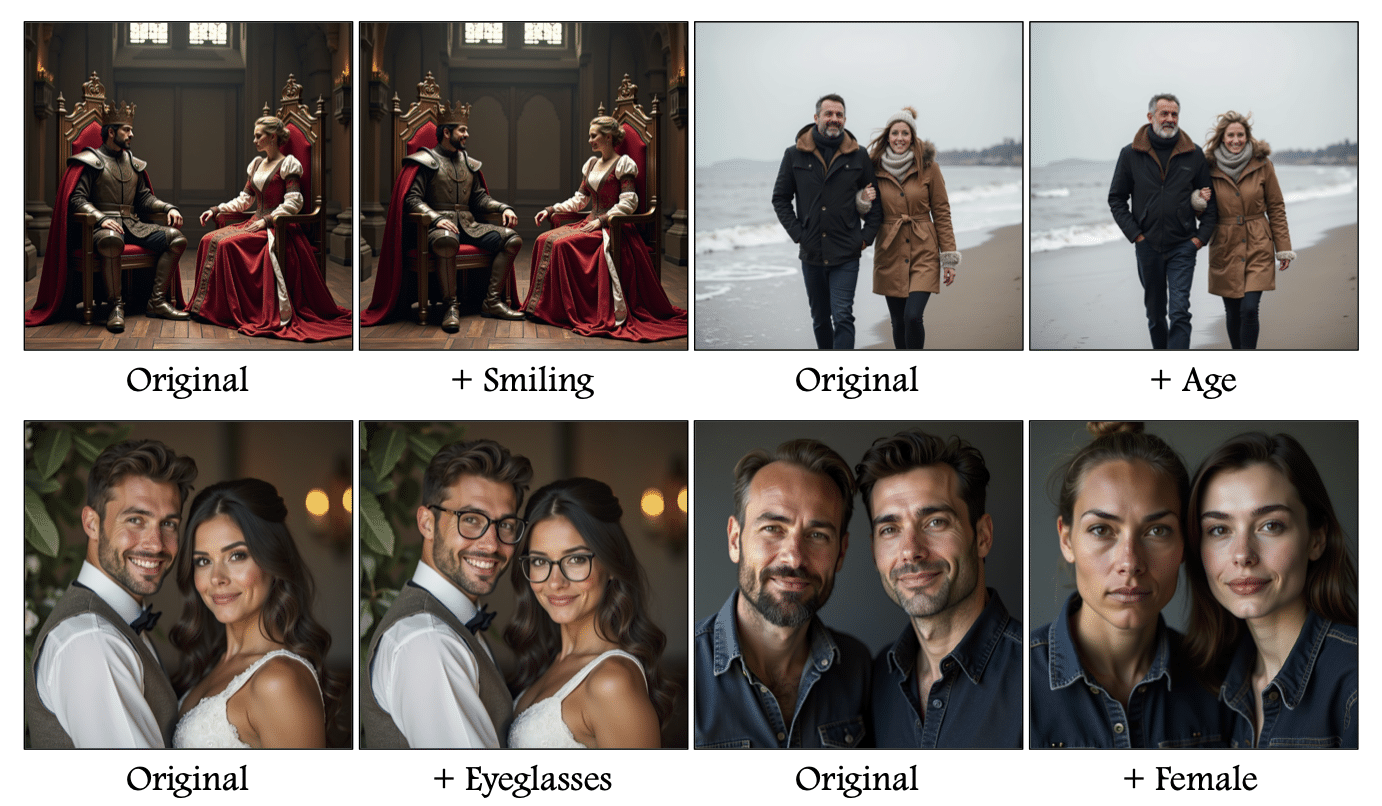Using FluxSpace involves working with its framework to perform text-guided image edits using rectified flow transformers. Here’s a general guide on how to get started with FluxSpace:

1. Explore the Official Resources
Visit the FluxSpace website to access the framework’s documentation, code repository, and example projects. This is crucial for understanding the installation requirements and setup process.
2. Set Up Your Environment
- System Requirements: Ensure you have a compatible system with Python installed, along with essential libraries like PyTorch.
- Clone the Repository: Clone the FluxSpace GitHub repository to your local machine
git clone https://github.com/FluxSpace/fluxspace.git
cd fluxspace
- Install Dependencies: Use
piporcondato install the required libraries listed in therequirements.txtfile:
pip install -r requirements.txt
3. Prepare Your Inputs
- Image Input: Ensure you have the image you want to edit, saved in a compatible format (e.g., JPG or PNG).
- Text Input: Write a descriptive text prompt indicating the changes you wish to apply. For example:
- “Change the car to a truck.”
- “Make the background snowy.”
- “Convert the person’s hair color to blonde.”
4. Run the FluxSpace Framework
- Pretrained Models: Load the pretrained rectified flow model provided by the FluxSpace repository. These models are optimized for different domains such as objects, human faces, or scenes.
- Editing Command: Use the provided scripts to apply your edits. For example:
python edit_image.py --input_image path/to/image.jpg --text_prompt "Convert car to truck" --output_image path/to/output.jpg
5. Fine-Tune Your Results
FluxSpace allows for coarse and fine-grained adjustments:
- Coarse Edits: Apply global changes using the pooled representation approach.
- Fine-Grained Edits: Use specific attributes guided by the attention outputs for more targeted modifications.
6. Evaluate and Iterate
- Review the output images generated by FluxSpace and refine your text prompts or parameters as needed to achieve the desired results.
- Experiment with different domains and scenarios to explore the full potential of the framework.
7. Explore Advanced Features
- Integration: Integrate FluxSpace into larger workflows for tasks like automated content generation or visual asset enhancement.
- Customization: Customize the framework to align with specific use cases or domains by adjusting its attention mechanisms or using your datasets for domain-specific improvements.
8. Stay Updated
Regularly check the FluxSpace GitHub repository for updates, bug fixes, and new features.


